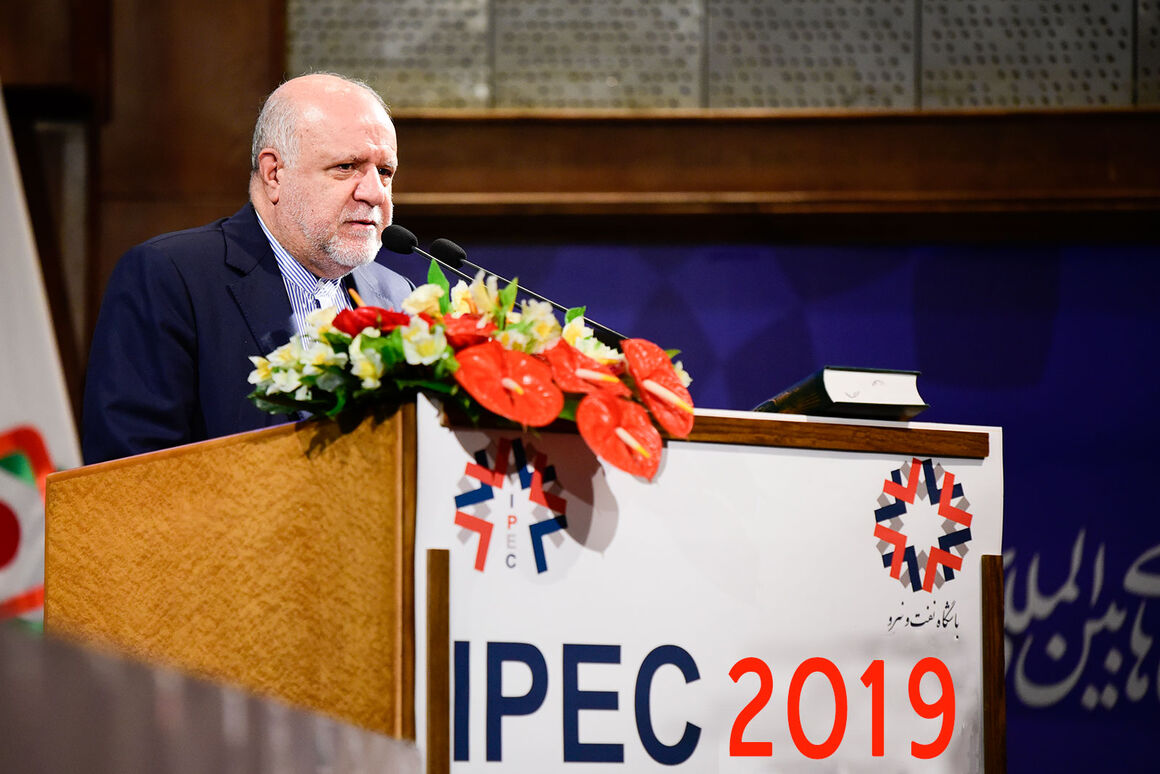Addressing the opening ceremony of the 5th Oil and Power Congress in Tehran on Tuesday, Zangeneh said that South Pars Phase 11 development plan would be launched by the end of the current Iranian calendar year to March 20, 2020.
He further said that phase 14 of the field would come on stream by 2021, adding, “We have made great progress in South Pars gas field.”
“We had initially intended to exploit the technology of building pressure booster platforms in Phase 11 with Total in the project which unfortunately failed as Total and CNPCI pulled out of the project because of the imposition of sanctions. They did so in a friendly manner and we did not have disputes with them in this regard. The sanctions created an atmosphere in which they could not and did not want to stay in the contract. They thought they could not continue the work and left the project anyway.”
By the end of this calendar year, 70 mcm/d of sweet gas will be added to South Pars daily output, he added.
Unpredictable Developments in the Geography of Oil
"No one could have foreseen the United States becoming the world's largest oil producer; the country that was the largest importer, has now become not only the world's largest oil producer, but has also stated exporting crude oil, gas and gas condensate," he said, noting that there was a significant change in oil geography over the past ten years.
Oil Sector Resisting Sanctions’ Strikes
Zangeneh, pointing out that once every few years there are deadly strikes to the Iranian oil industry, said: "So far, we have tried to survive these blows. However, the sanctions deal the biggest blow to the oil industry and are diminishing our global standing, though we continue to resist.”
He said there was an open space for exporting petroleum products such as gas oil, gasoline, fuel oil, etc. and even crude oil and gas condensate.
Zangeneh pointed to the large scale of the oil industry, adding the presence of the private sector in the industry required three factors: "capability and appropriate management structure", "technology and interaction capabilities" and "sufficient capital and capability to exploit financial instruments from monetary and capital markets."
"We have focused our work on EPC/EPD projects, which cost about $6 billion," he said, noting that IPC projects are moving forward with domestic and foreign companies.
“We have so far sealed Rls. 60,000 billion contracts in this regard and will sign another Rls. 100,000 billion in the coming weeks.
The Iranian Minister of Petroleum said the most important projects to prevent gas flaring were NGLs 3100, 3200, Khark and Bidboland Persian Gulf Refinery, adding two contracts have been signed with the Persian Gulf Petrochemical Industries Company (PGPIC) and Maroon Petrochemical Company with about $7.5 billion of investment.
By 2021, over 95% of the associated gases in oil production will be gathered and used as petrochemical feedstock, Zangeneh added.
Farzad A development contract will be soon concluded soon, elsewhere in his address he said.
Zangeneh, referring to the conclusion of the Belal Joint Field’s development contract, added: “Farzad A Joint Field Contract will also be closed in the coming months, by which the plans and commitments of the Iranian Ministry of Petroleum will be fulfilled.”
He said that Iran for the first time became a petrol exporters, adding that Euro-4 petrol was being distributed in major cities of the country.


Your Comment